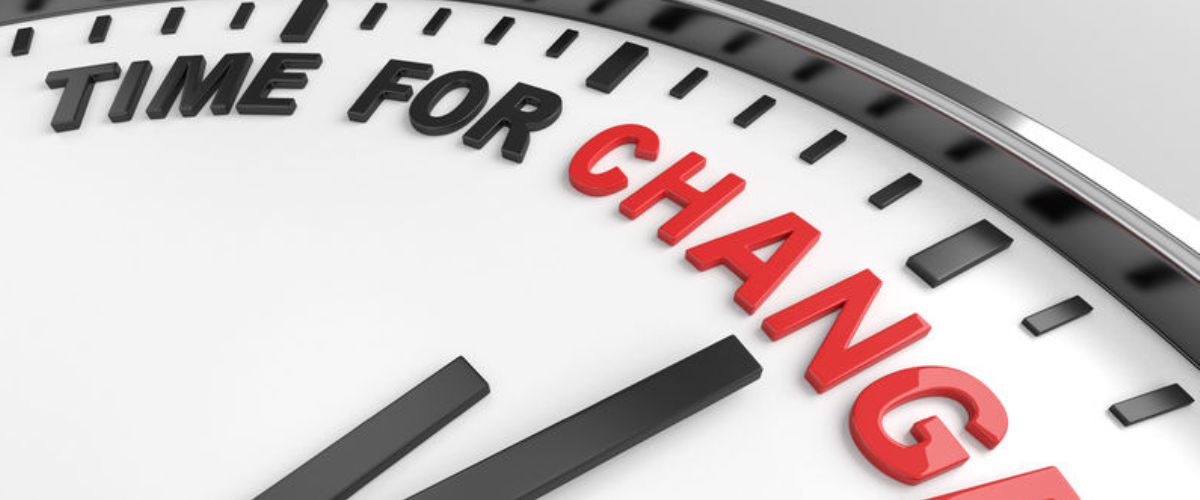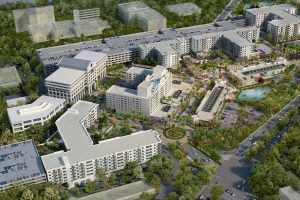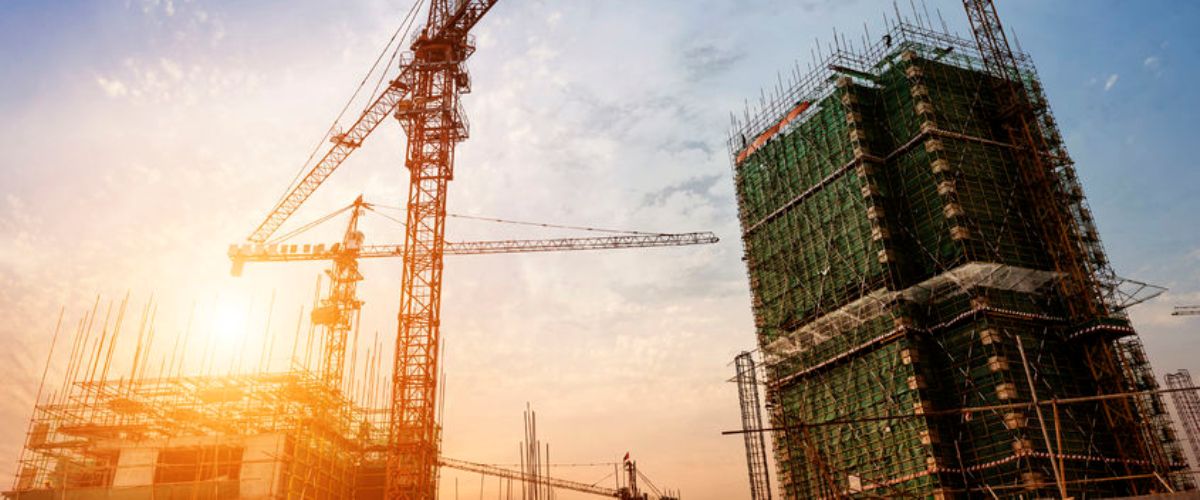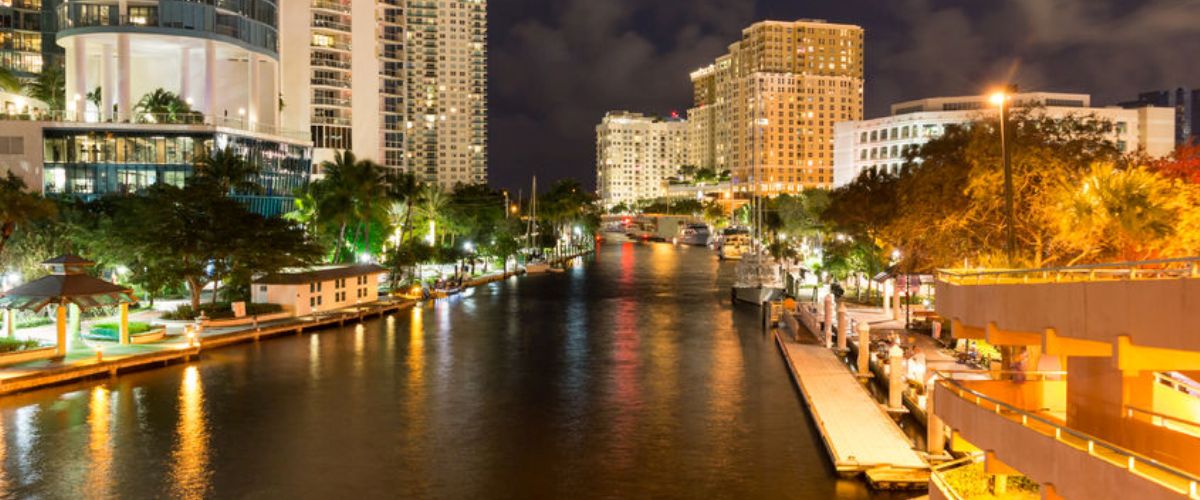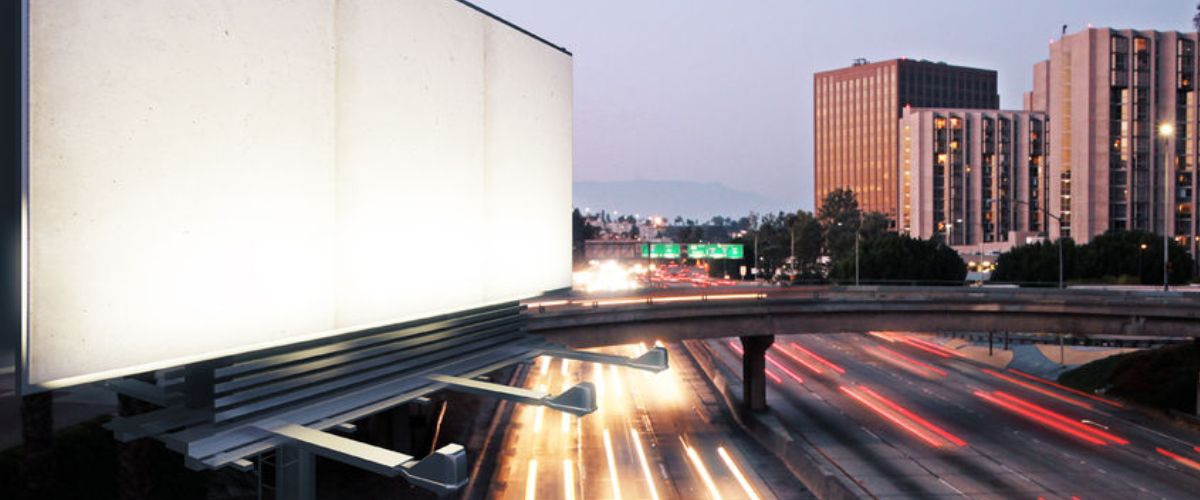Plantation Walk is the new name of South Florida’s latest live, work, and play destination, with Encore Capital Management recently labeling its $350 million mega-center that’s replacing Plantation’s former Fashion Mall.
Located at 321 North University Drive, the 32-acre property will feature 700 luxury rental apartments, 200,000 square feet of retail, and an existing 160,000-square-foot Class A office building. It’s about a 20-minute drive from the 65-acre Metropica, which is currently under construction in Sunrise. The office building is expecting to open by the end of 2017.
The project has been billed a “game-changer” by Encore Capital Management CEO and Principal Arthur Falcone, who is also on the development team of another city within a city in Paramount Miami Worldcenter.
“The name Plantation Walk describes what this will be – a walkable, enjoyable hotspot unique to Plantation and South Florida,” Falcone said. “This is a game-changer for the city and region. Once people arrive, whether to work, shop, or live, they’ll have little reason to leave.”
The current parking garage and the 263-key Sheraton Hotel, which remains open, are undergoing renovations as well.
Source: Curbed Miami

